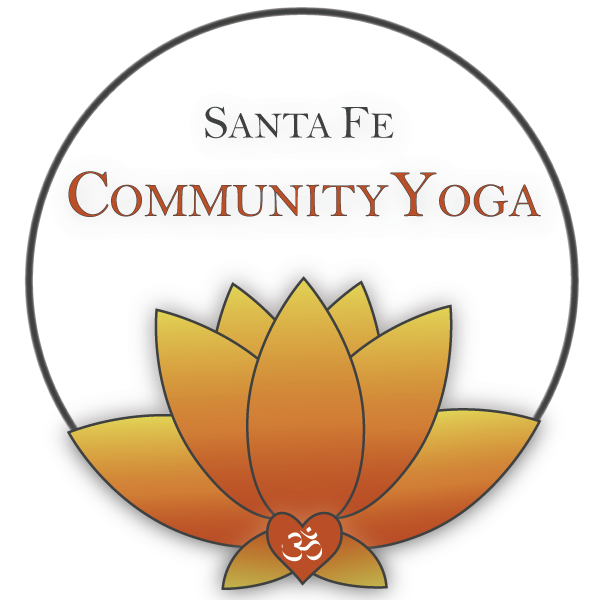blog post written by Eliza Skye
“Concentration is the root of all the higher abilities in man.”
Dharana is one of Pantanjali’s eight limbs of yoga, and it roughly translates to “concentration”, “single focus” or “holding steady”. Dharana is the first step into deep meditation, and a process that we all must practice consistently in order to find moments of meditative bliss. When one practices dharana, there is a consciousness who is able to watch the thoughts and remain separate from them. Eventually, this will evolve into a higher practice in which consciousness, thoughts and the witness all blend into a stream of singularity.
Dharana informs our hatha yoga practice in a couple distinct ways. First, we use concentration in the physical act of yoga. Balancing becomes much more accessible when the yoga practitioner is able to focus and hold steady on a single thought. Next time you are wobbling out of a balancing pose, check in with the thoughts. Are they wandering, as they tend to without guidance? See if you can hold steady on one thought, or even the breath, and you will likely find balance to be much more accessible.
Another way that dharana informs the practice of hatha yoga is that we see a similar evolution of practice cultivating the fruits of what we seek. In hatha yoga, perhaps you are seeking a handstand (one of the most common yoga “dream poses” that I personally hear from my students). Hopefully, your teacher is introducing you to steps along the way toward a handstand. We don’t suddenly emerge into a handstand - it takes steady practice and focus. The same can be said about meditation. Though the Beginner’s Mind is a very real phenomenon, typically one does not simply sit down on a cushion and enter into a state of ananda, or bliss. Often, one must hold steady to an image, a mantra or the sound of the breath and use that as a channel toward the experience of nonduality.
This concept is on one hand so simple, but when we take into account the intricacies and deeply ingrained patterns of the mind, it becomes rather tough. My guru, Swami Satchidananda, wrote about the realities of dharana (in this example, the point of focus is a rose):
“As you look at the rose, the mind will try to go somewhere. The minute you begin, the mind will say, ‘Ah, yes, I remember she sent me a rose like that for my last birthday.’… And then, ‘After that we had dinner. Ah, it was the best dinner. Then we went to the movies. What was that movie? King Kong?’ It will all happen within two minutes. Even less than two minutes. So, on what are you meditating now? Not on a rose, but on King Kong.”
Dharana is the act of noticing where the mind went and gently, consistently, bringing it back to the image of the rose, over and over until the mind can learn to settle. Satchidananda can offer advice on this piece as well:
“This very practice itself is called concentration: the mind running, your bringing it back; its running, your bringing it back. You are taming a monkey. Once it’s tamed, it will just listen to you. You will be able to say, ‘Okay, sit there quietly.’ And it will. At that point you are meditating. Until then you are training yourself to meditate. Training your mind to meditate is what is called dharana.”
My hope is that, in introducing dharana to the yoga studio that we can create a community of people who practice this limb of yoga in their own lives. Then, we can share our experiences and advice with others who have the same pursuits. Then we are lifting each other up, helping to unify our experience of seeking the light.
Utthita Hasta Padangusthasana (Extended Hand-to-Big-Toe Pose)
This standing balance is a combination of many challenging aspects of yoga. In all standing balancing poses, core and leg strength are key for a steady asana. Utthita Hasta Padangusthasana is especially challenging because, in addition to those two elements, open hamstrings are essential. However, even if the hamstrings are not open, there are many ways to modify Extended Hand-to-Big-Toe Pose. The leg in the air, for example, does not have to keep the knee perfectly straight. This pose was chosen to complement the practice of concentration because steady focus is key for this balance. Practicing this pose with present awareness can open you up to the true power of the breath in hatha yoga. Focus on the breath leads to a steadiness that allows you to explore the depth of your own flexibility. In addition to cultivating concentration and leg flexibility, this pose strengthens the core, legs and ankles. All of these benefits can be experienced if you choose to practice this pose with the support of a wall, and you can also alleviate some of the leg work by taking this pose while lying on the back.






